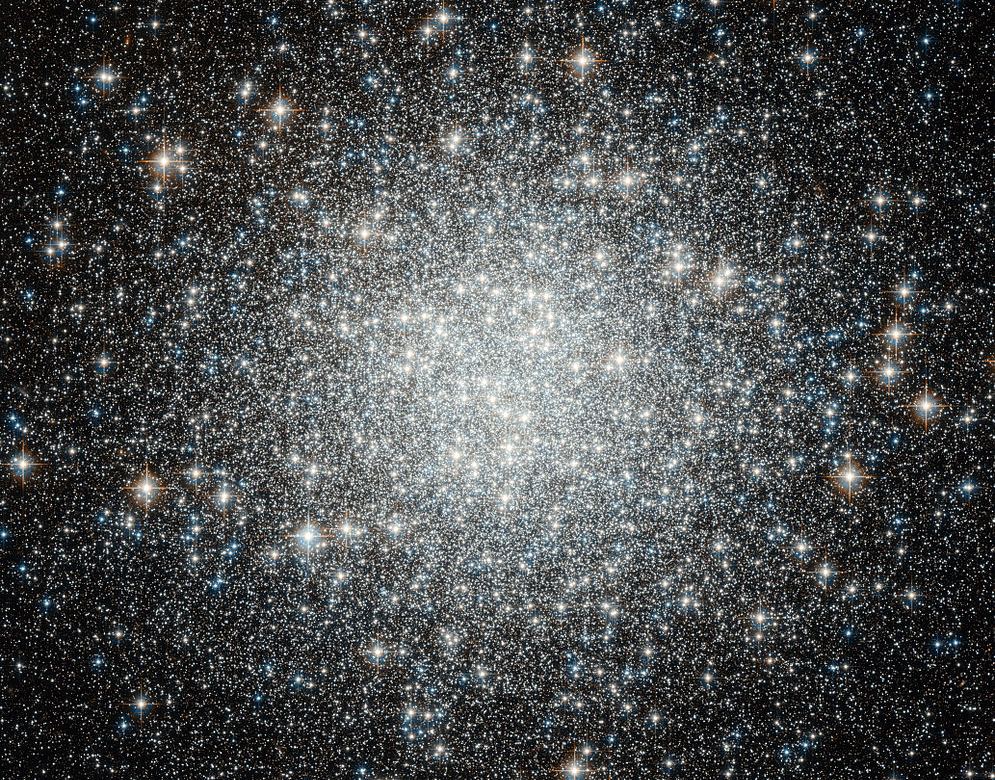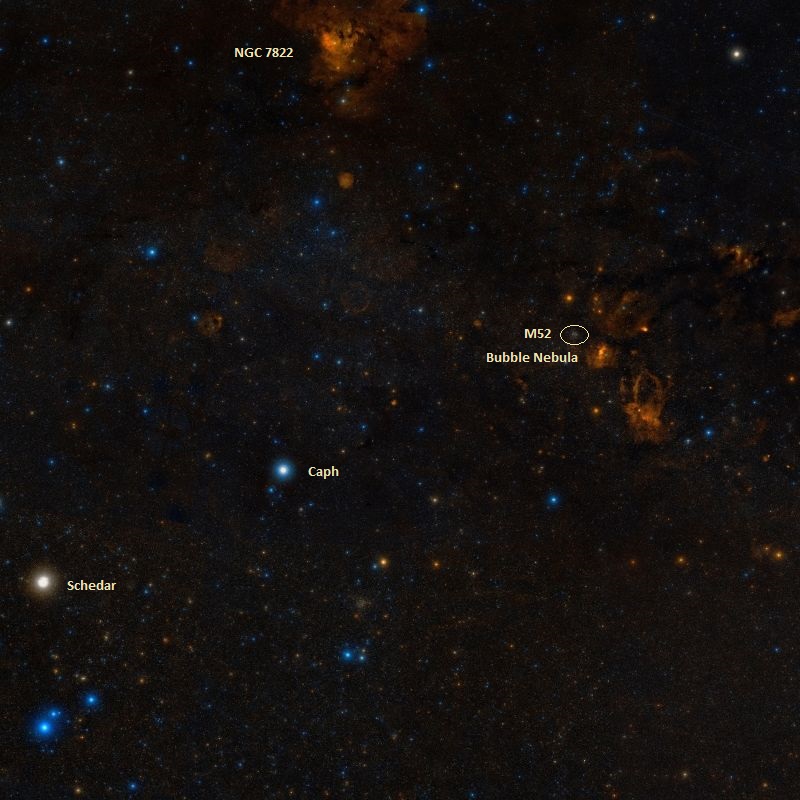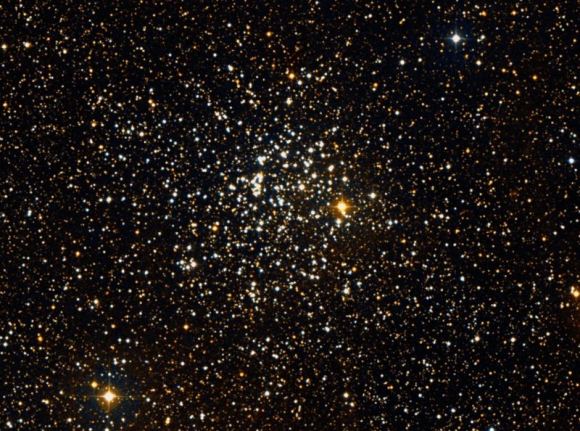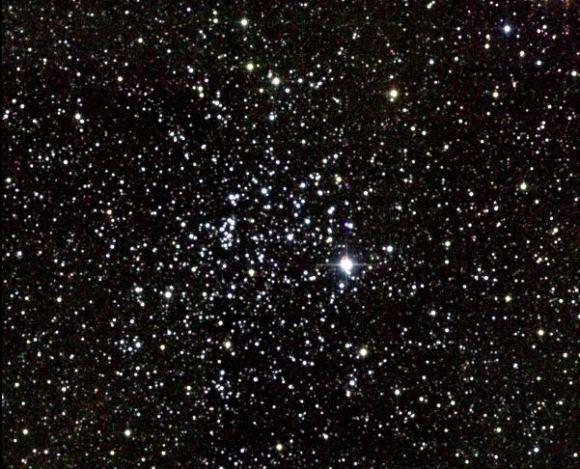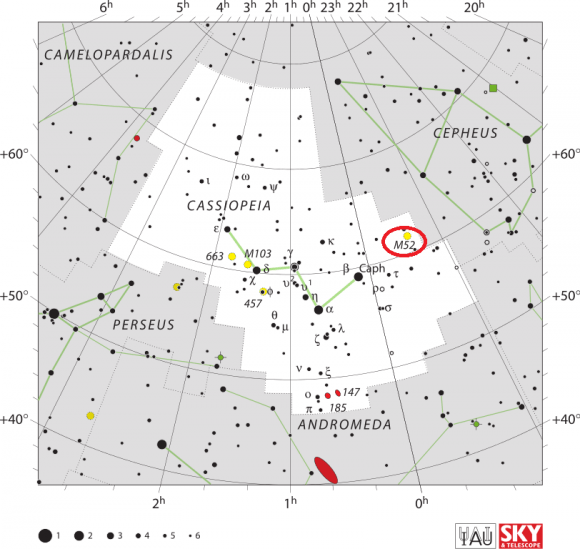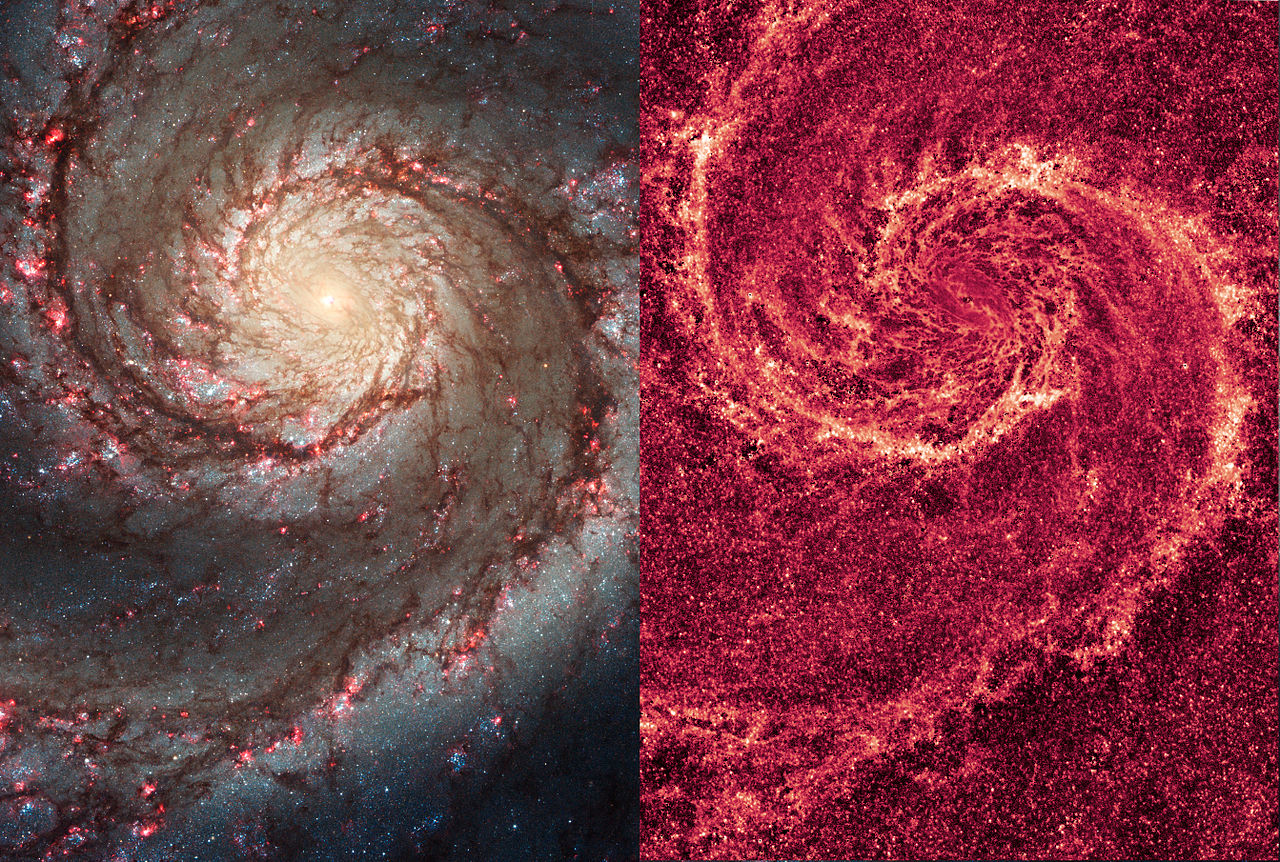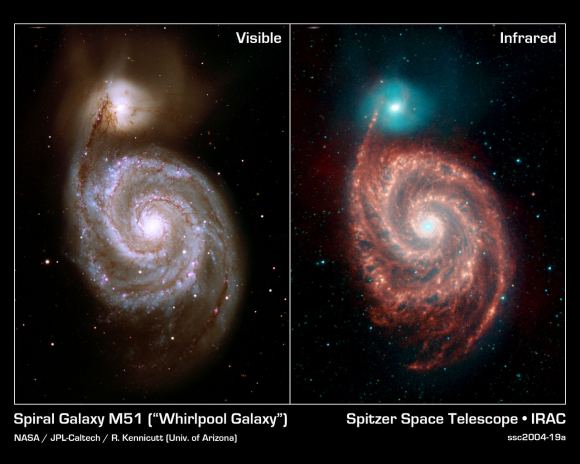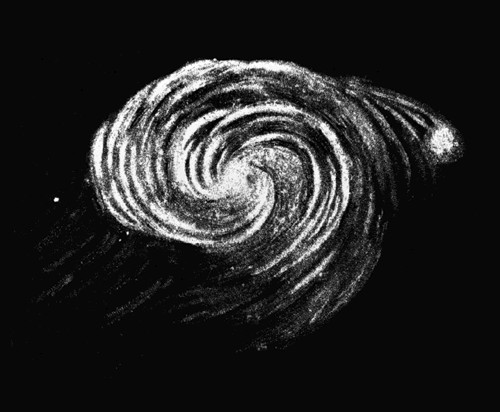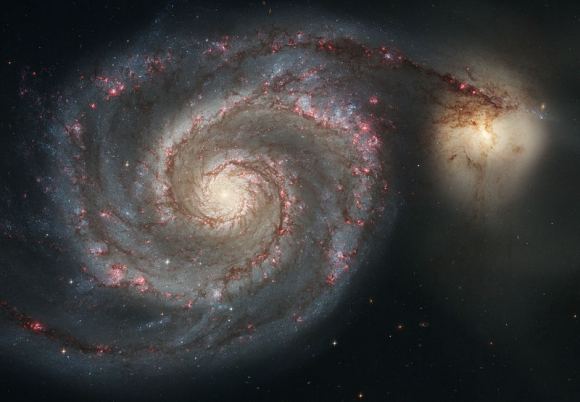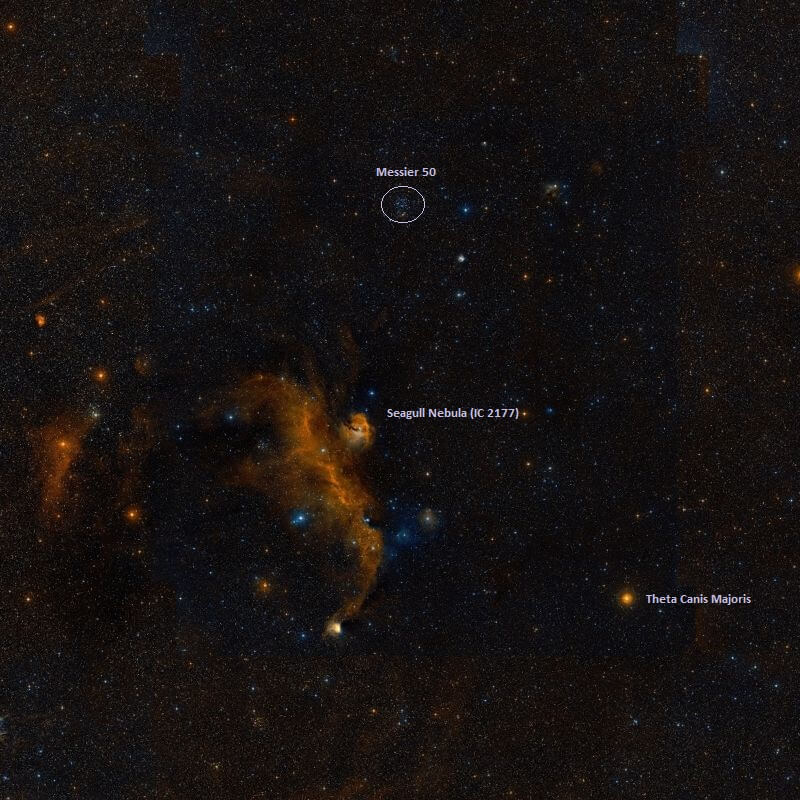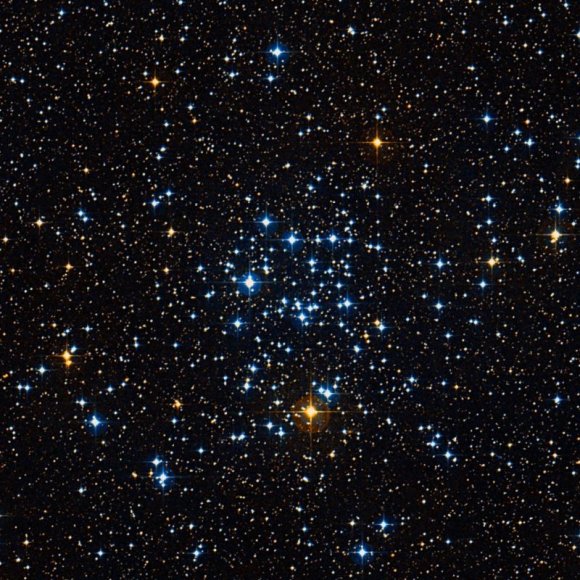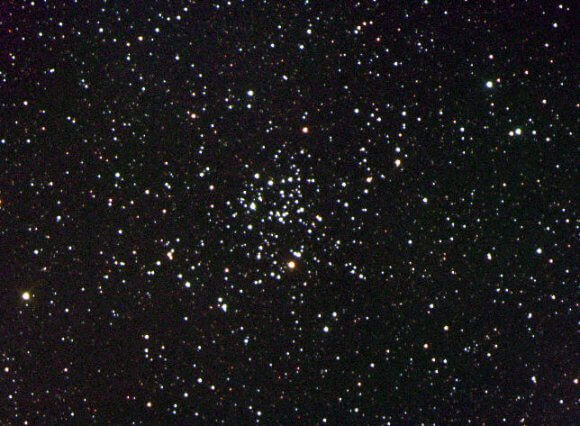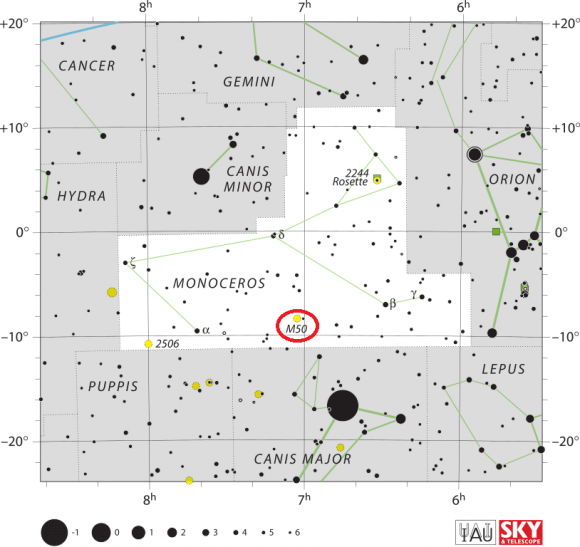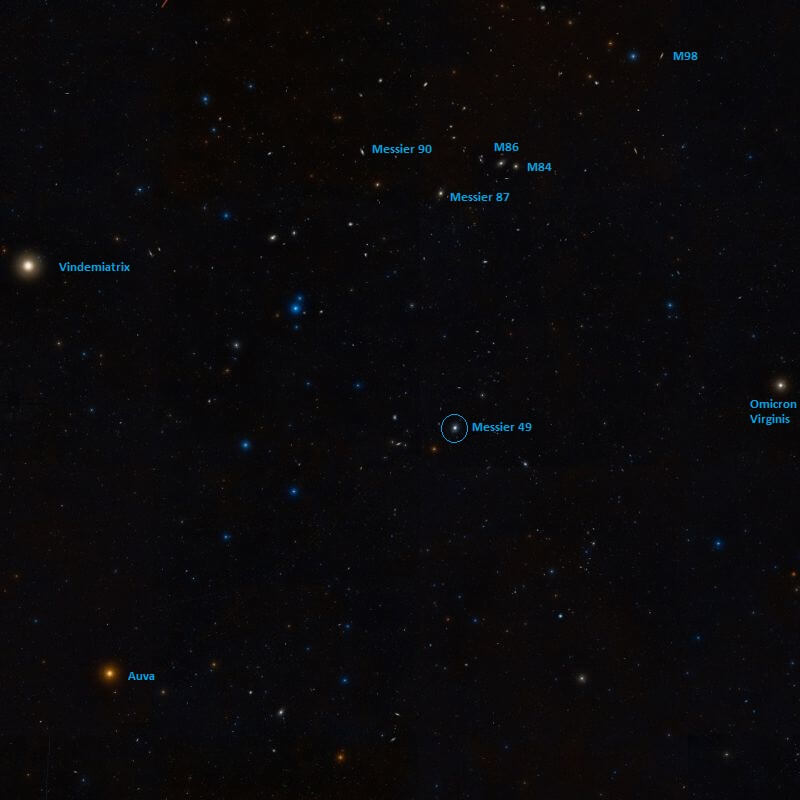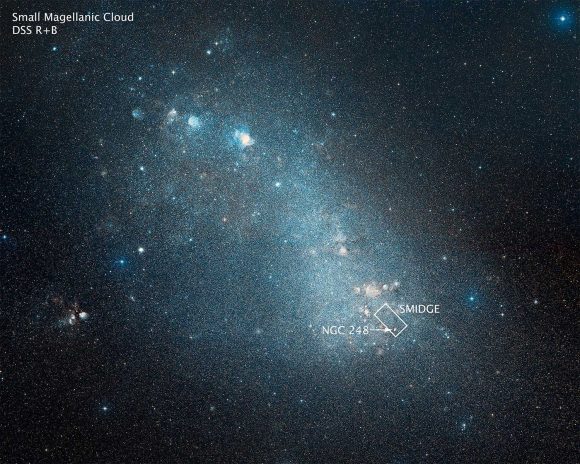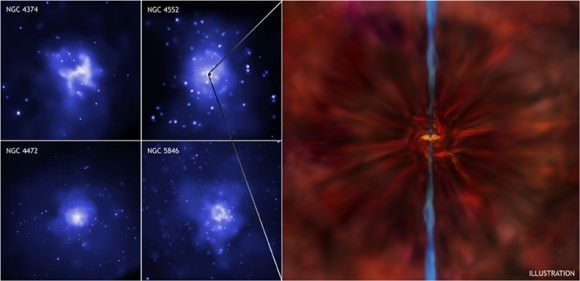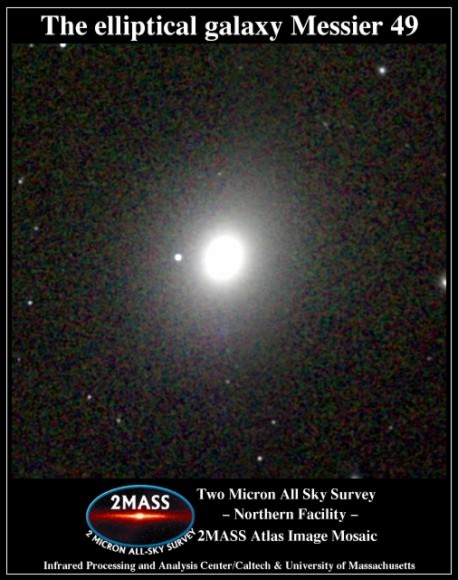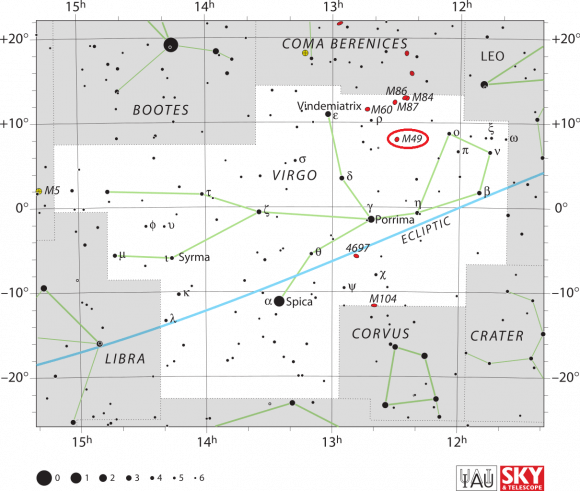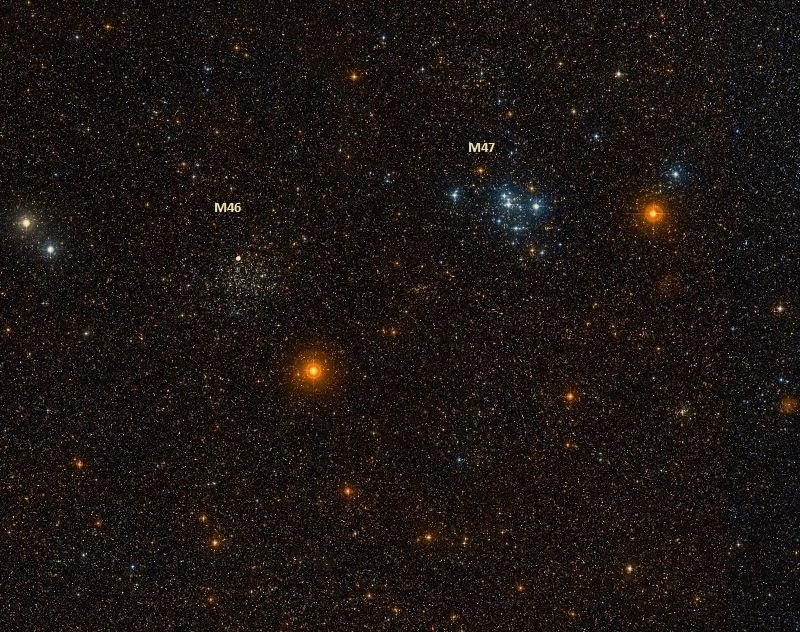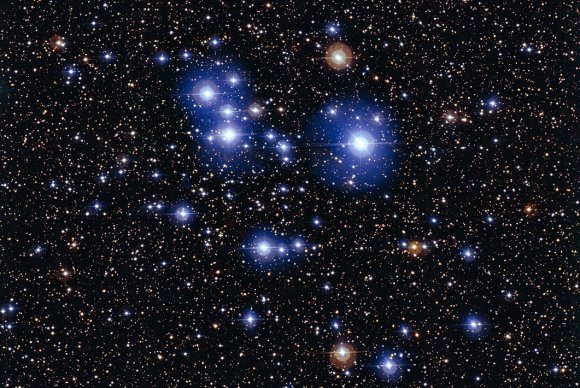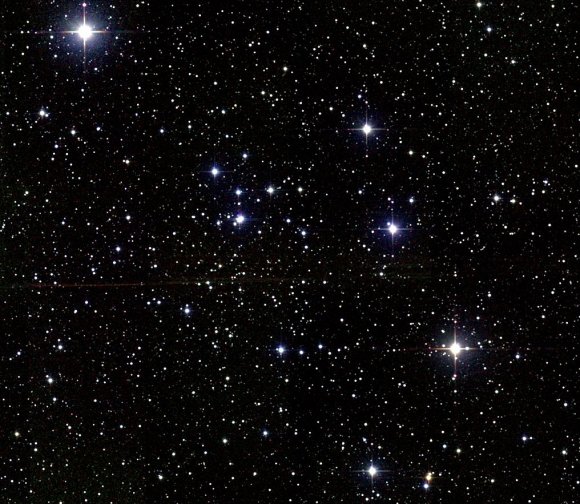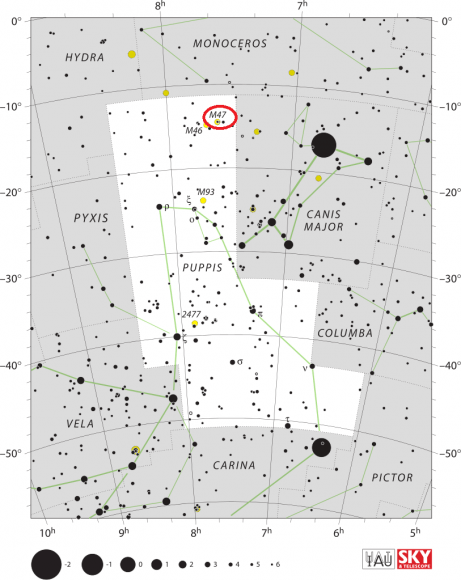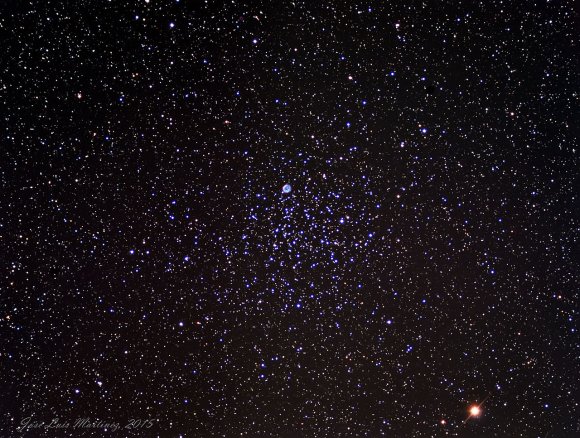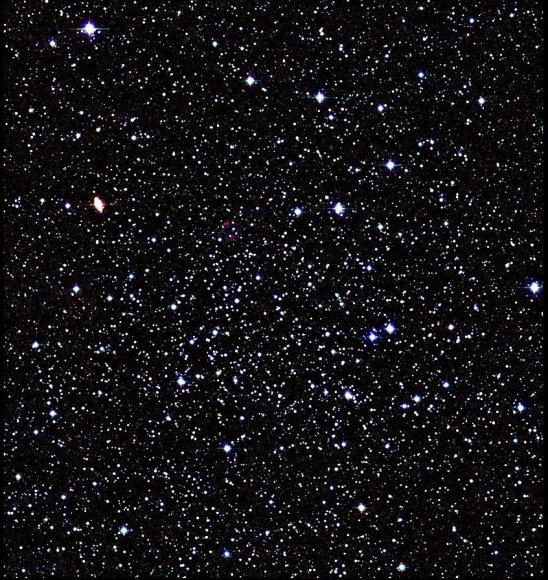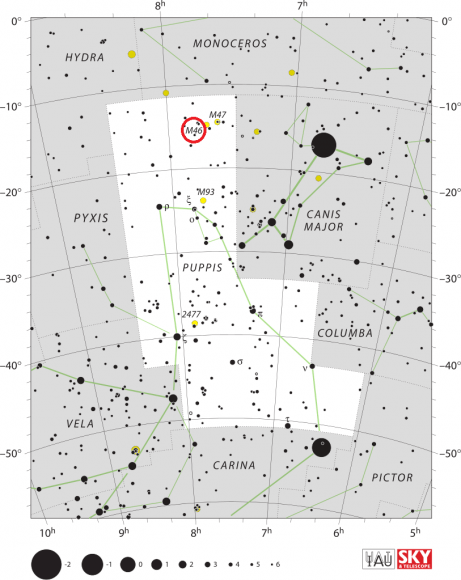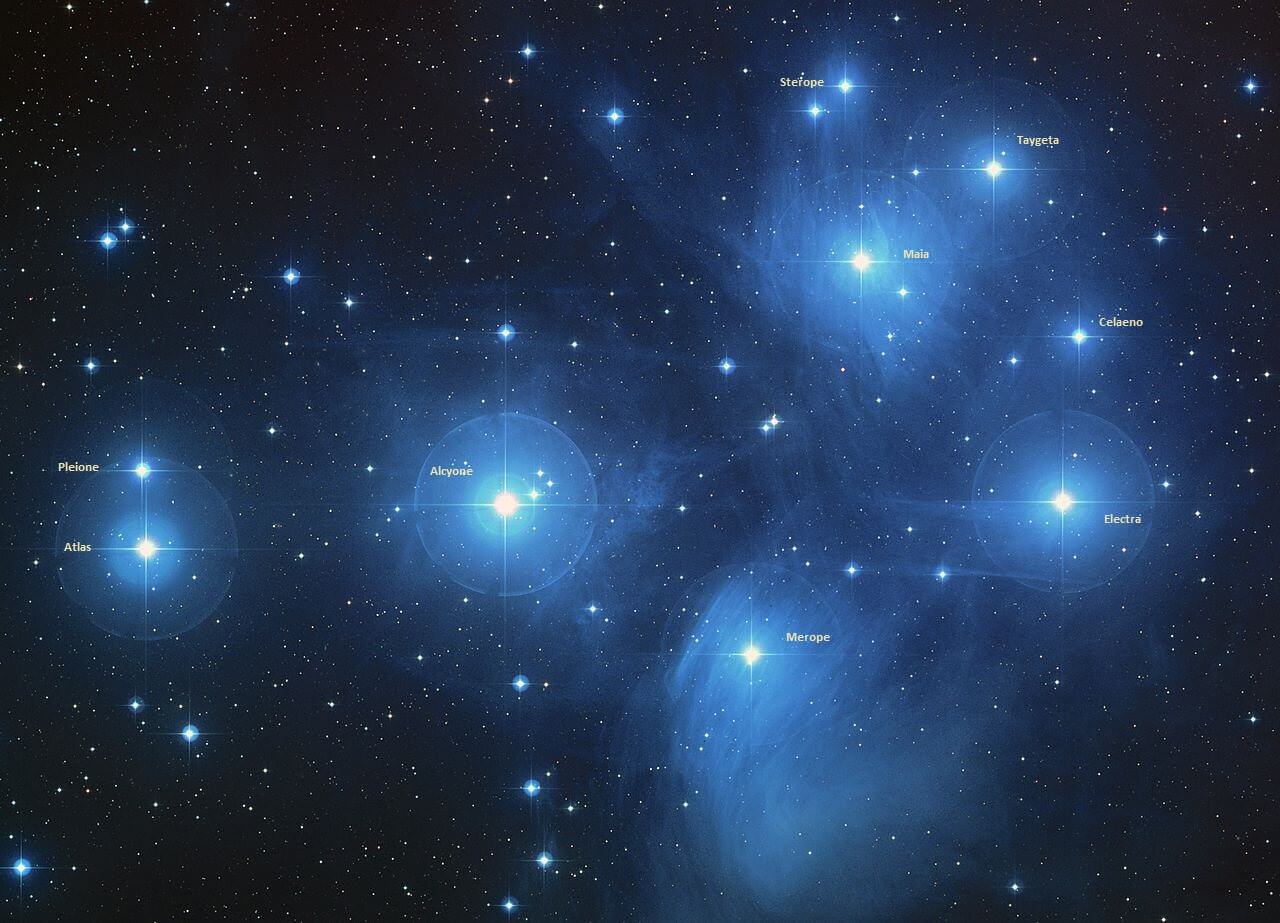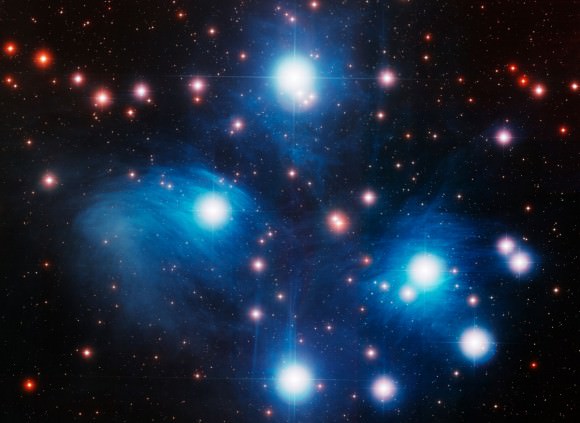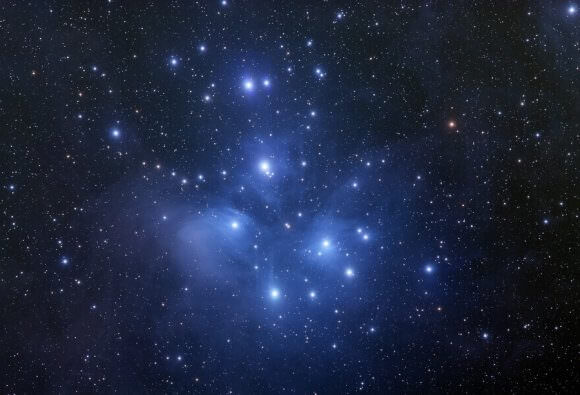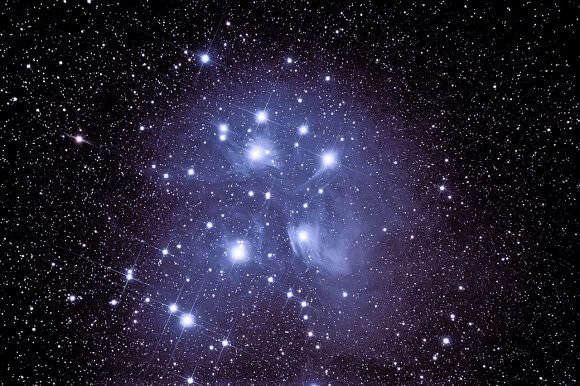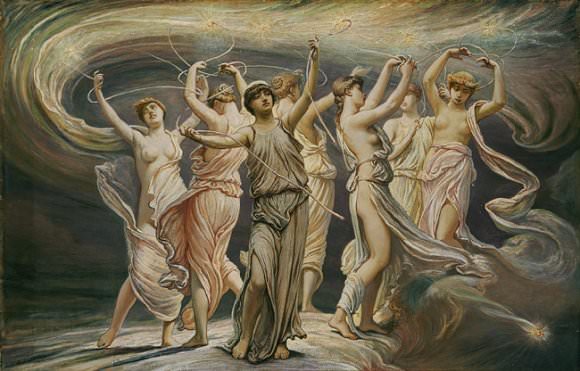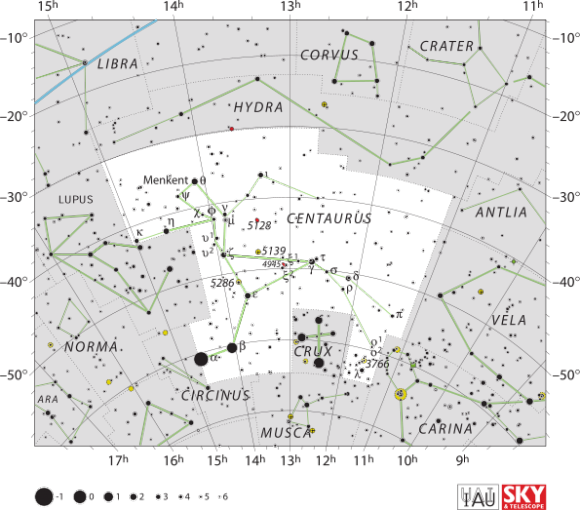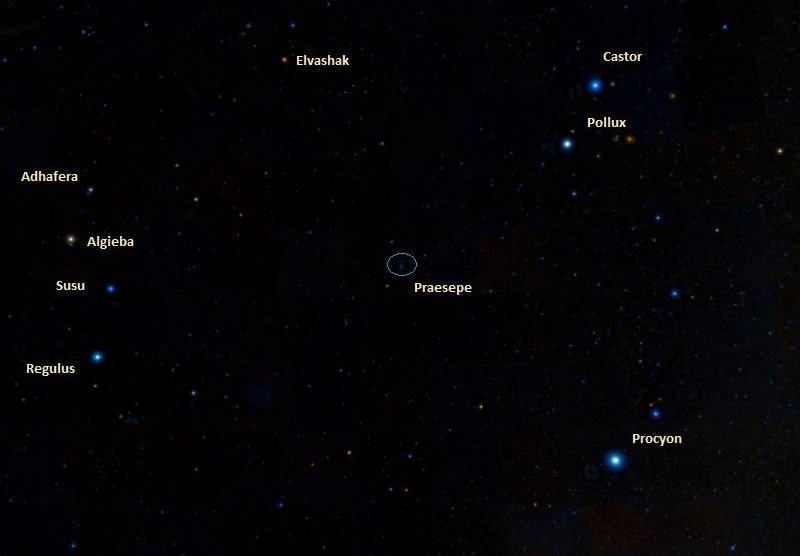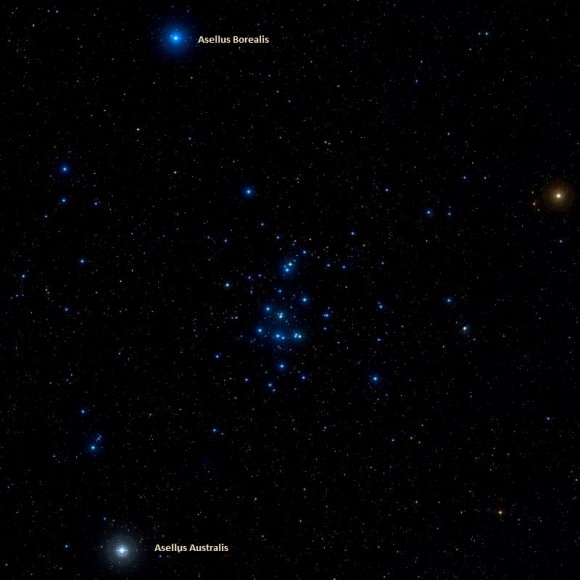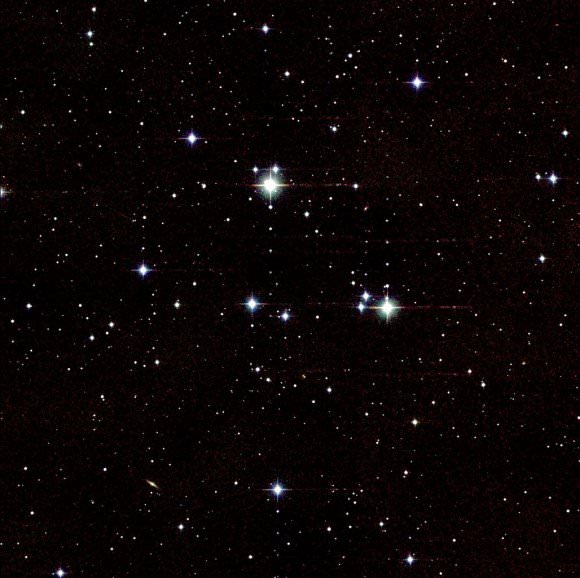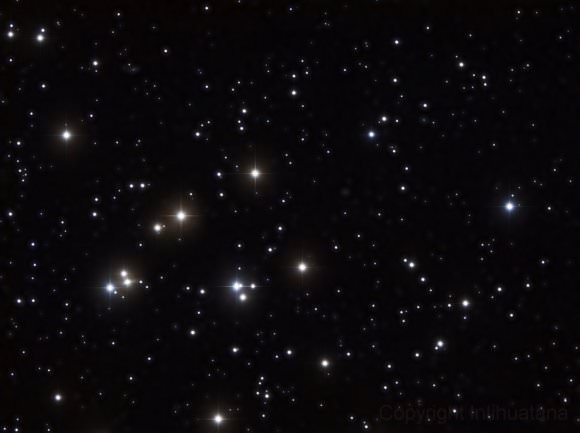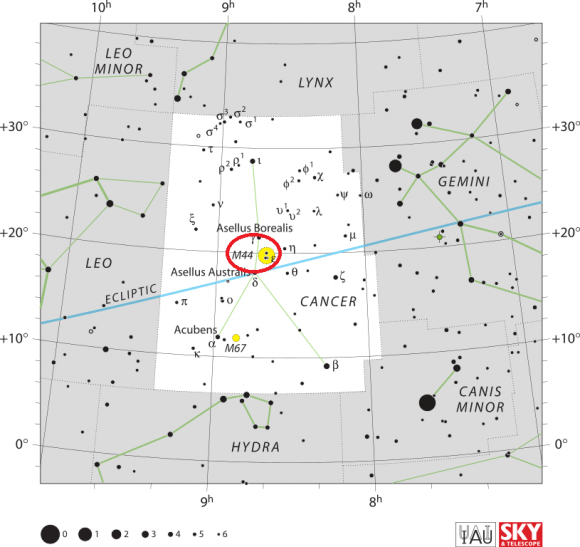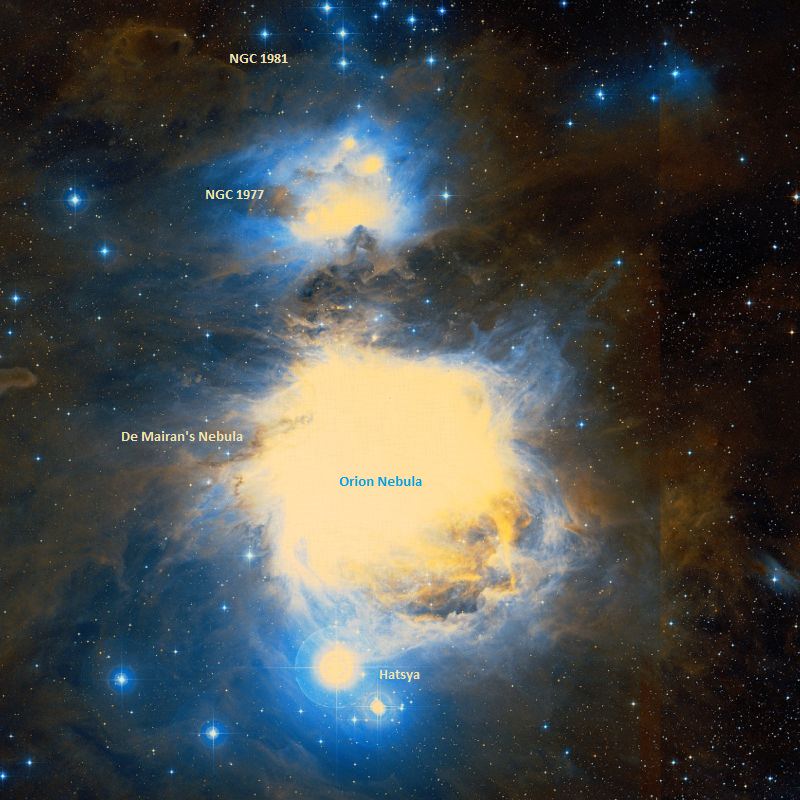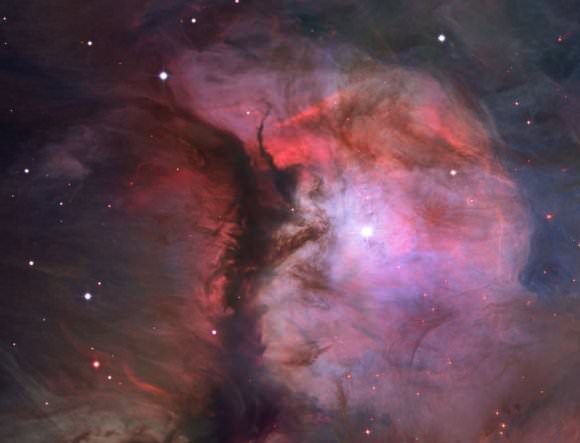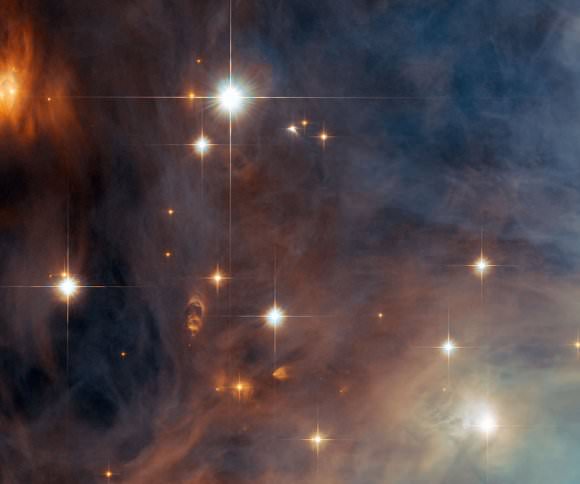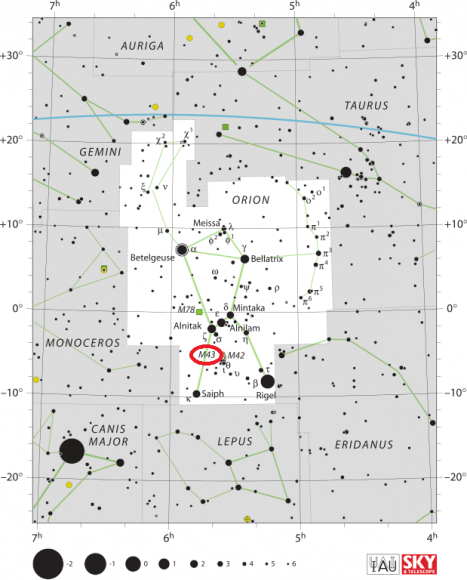Welcome back to Messier Monday! In our ongoing tribute to the great Tammy Plotner, we take a look at globular cluster known as Messier 53!
During the 18th century, famed French astronomer Charles Messier noted the presence of several “nebulous objects” in the night sky. Having originally mistaken them for comets, he began compiling a list of these objects so others would not make the same mistake he did. In time, this list (known as the Messier Catalog) would come to include 100 of the most fabulous objects in the night sky.
One of these objects is Messier 53, a globular cluster located in the northern Coma Berenices constellation. Located about 58,000 light years from the Solar System, it is almost equidistant from Galactic Center (about 60,000 light years). As Messier Objects go, it is relatively easy to find since it lies in the same area of the sky as Arcturus, the fourth brightest star in the night sky.
Description:
Heading towards us at a speed of 112 kilometers per second, globular cluster M53 is one of the furthest distant globular clusters in our Milky Way halo and lay almost equally distant between our solar system and the galactic center. This 220 light year diameter ball of stars in tightly compacted towards its core – where low metal is the name of the game and RR Lyra type variable stars once ruled. But recent studies have found that there are some new kids on the block. The blue stragglers…
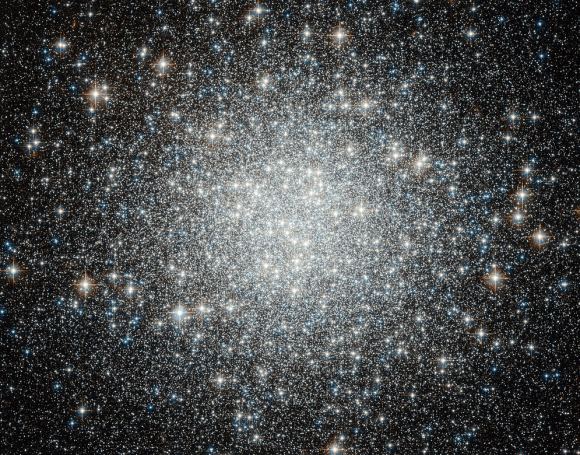
According to G. Beccari (et al) the population of these definitely appears to violate standard theories of stellar evolution. And there not just a few blues… There’s a whole host of them. As Beccari noted in a 2008 study:
“We used a proper combination of high-resolution and wide-field multiwavelength observations collected at three different telescopes (HST, LBT, and CFHT) to probe the blue straggler star (BSS) population in the globular cluster M53. Almost 200 BSSs have been identified over the entire cluster extension. We have also used this database to construct the radial star density profile of the cluster; this is the most extended and accurate radial profile ever published for this cluster, including detailed star counts in the very inner region. A deviation from the model is noted in the most external region of the cluster. This feature needs to be further investigated in order to address the possible presence of a tidal tail in this cluster.”
Is this possible? Then take a closer look into this research. One where a millisecond pulsar was discovered inside. As S.R. Kulkarni (et al) indicated in a 1991 study:
“Millisecond pulsars are conventionally assumed to be spun up through the action of binary companions, although some subsequently lose their companions and appear as isolated pulsars. Such objects should therefore be more numerous in dense stellar systems. We report here the surprising discovery of two pulsars in low-density globular clusters: one is a single 10-ms pulsar (1639+36) in M13 (NGC 6205), the other a 33-ms pulsar (1310+18) in a 256-d binary in M53 (NGC 5024). Their ages, inferred from their luminosities and constraints on their period derivatives, seem to be 10 9 years, significantly greater than previously reported ages ( ! 10 8 years) of cluster pulsars. The implied birth rate is inconsistent with the conventional two-body tidal capture model, suggesting that an alternative mechanism such as tidal capture between primordial binaries and a reservoir of (hundreds of) primordial neutron stars may dominate the production of tidal binaries in such clusters. The period derivative of PSR1639+36 is surprisingly small, and may be corrupted by acceleration due to the mean gravitational potential of the cluster.”
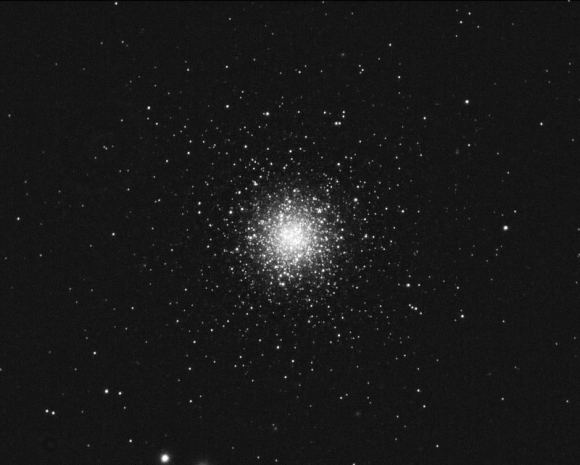
History of Observation:
This globular cluster was first discovered on February 3, 1775 by Johann Elert Bode, but independently recovered on February 26, 1777 by Charles Messier who writes:
“Nebula without stars discovered below & near Coma Berenices, a little distant from the star 42 in that constellation, according to Flamsteed. This nebula is round and conspicuous. The Comet of 1779 was compared directly with this nebula, & M. Messier has reported it on the chart of that comet, which will be included in the volume of the Academy for 1779. Observed again April 13, 1781: It resembles the nebula which is below Lepus [M79].”
Sir William Herschel would revisit M53, but he did not publish his findings when studying Messier objects. Very seldom did Herschel wax poetic in his writings, but of this particular object he said: “A cluster of very close stars; one of the most beautiful objects I remember to have seen in the heavens. The cluster appears under the form of a solid ball, consisting of small stars, quite compressed into one blaze of light, with a great number of loose ones surrounding it, and distinctly visible in the general mass.”
He would return again in later years to include in his notes: “From what has been said it is obvious that here the exertion of a clustering power has brought the accumulation and artificial construction of these wonderful celestial objects to the highest degree of mysterious perfection.”
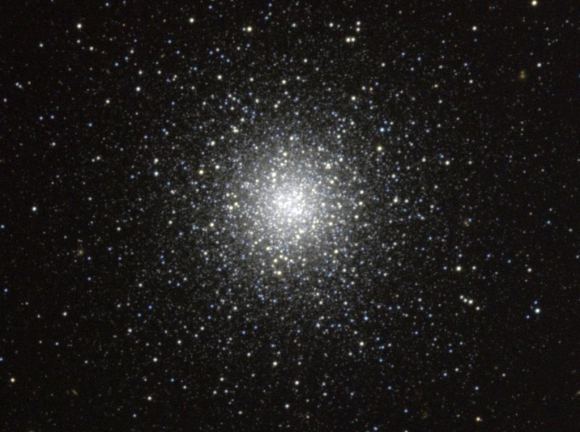
Although it did not touch Sir John Herschel quite so much, M53 also engaged Admiral Smyth who wrote:
“A globular cluster, between Berenice’s tresses and the Virgin’s left hand, with a coarse pair of telescopic stars in the sf [south following, SE] quadrant, and a single one in the sp [south preceding, SW]. This is a brilliant mass of minute stars, from the 11th to the 15th magnitude, and from thence to gleams of star-dust, with stragglers to the np [north preceding, NW], and pretty diffused edges. From the blaze at the centre, it is evidently a highly compressed ball of stars, whose law of aggregation into so dense and compact a mass, is utterly hidden from our imperfect senses. It was enrolled by Messier in 1774 as No. 53, and resolved into stars by Sir W. Herschel. The contemplation of so beautiful an object, cannot but set imagination to work, though the mind may be soon lost in astonishment at the stellar dispositions of the great Creator and Maintainer. Thus, in reasoning by analogy, these compressed globes of stars confound conjecture as to the models in which the mutual attractions are prevented from causing the universal destruction of their system. Sir John Herschel thinks, that no pressure can be propagated through a cluster of discrete stars; whence it would follow, that the permanence of its form must be maintained in a way totally different from that which our reasoning suggest. Before quitting this interesting ball of innumerable worlds, I may mention that it was examined by Sir John Herschel, with Mr. Baily, in the 20-foot reflector; and that powerful instrument showed the cluster with curved appendages of stars, like the short claws of a crab running out from the main body. A line through Delta and Epsilon Virginis, northward, meeting another drawn from Arcturus to Eta Bootis, unite upon this wonderful assemblage; or it is also easily found by its being about 1 deg northeast of 42 Comae Berenices, the alignment of which is already given.”
Locating Messier 53:
M53 can be easily found just about a degree northeast of 42 Alpha Comae Berenices, a visual binary star. To located Alpha, draw a mental line from Arcturus via Eta Bootis where you’ll see it about a fist width west. Alternately you can starhop from Gamma Viginis to Delta and on to Epsilon where you can locate M53 approximately 4 fingerwidths to the north/northeast.
To see this small globular cluster in binoculars will require dark skies and it will appear very small, like a large, out of focus star. In small telescopes it will appear almost cometary – and thus why Messier cataloged these objects! However, with telescopes approaching the 6″ range, resolution will begin and larger telescopes will shatter this gorgeous globular cluster. Requires dark skies.
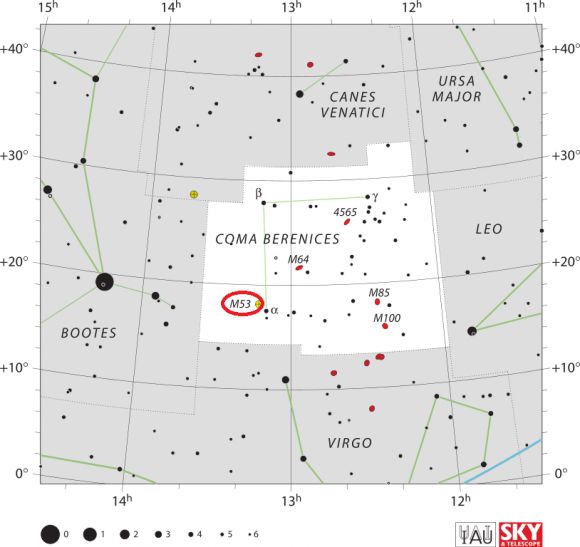
A ball of worlds… What a unique description! May you enjoy your observations as well!
And here are the quick facts on this Messier Object to help you get started!
Object Name: Messier 53
Alternative Designations: M53, NGC 5024
Object Type: Class V Globular Cluster
Constellation: Coma Berenices
Right Ascension: 13 : 12.9 (h:m)
Declination: +18 : 10 (deg:m)
Distance: 58.0 (kly)
Visual Brightness: 7.6 (mag)
Apparent Dimension: 13.0 (arc min)
We have written many interesting articles about Messier Objects here at Universe Today. Here’s Tammy Plotner’s Introduction to the Messier Objects, , M1 – The Crab Nebula, M8 – The Lagoon Nebula, and David Dickison’s articles on the 2013 and 2014 Messier Marathons.
Be to sure to check out our complete Messier Catalog. And for more information, check out the SEDS Messier Database.
Sources:

